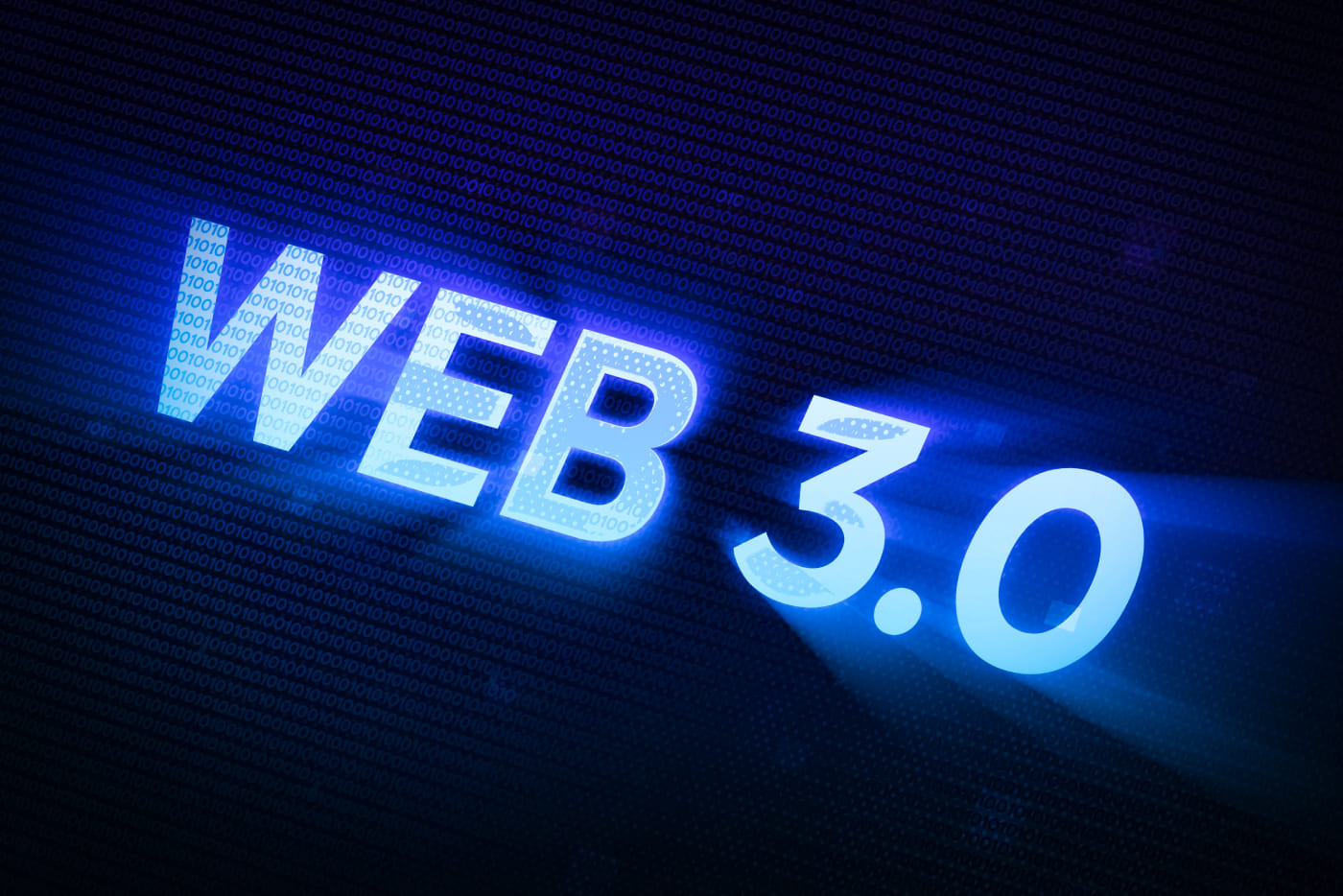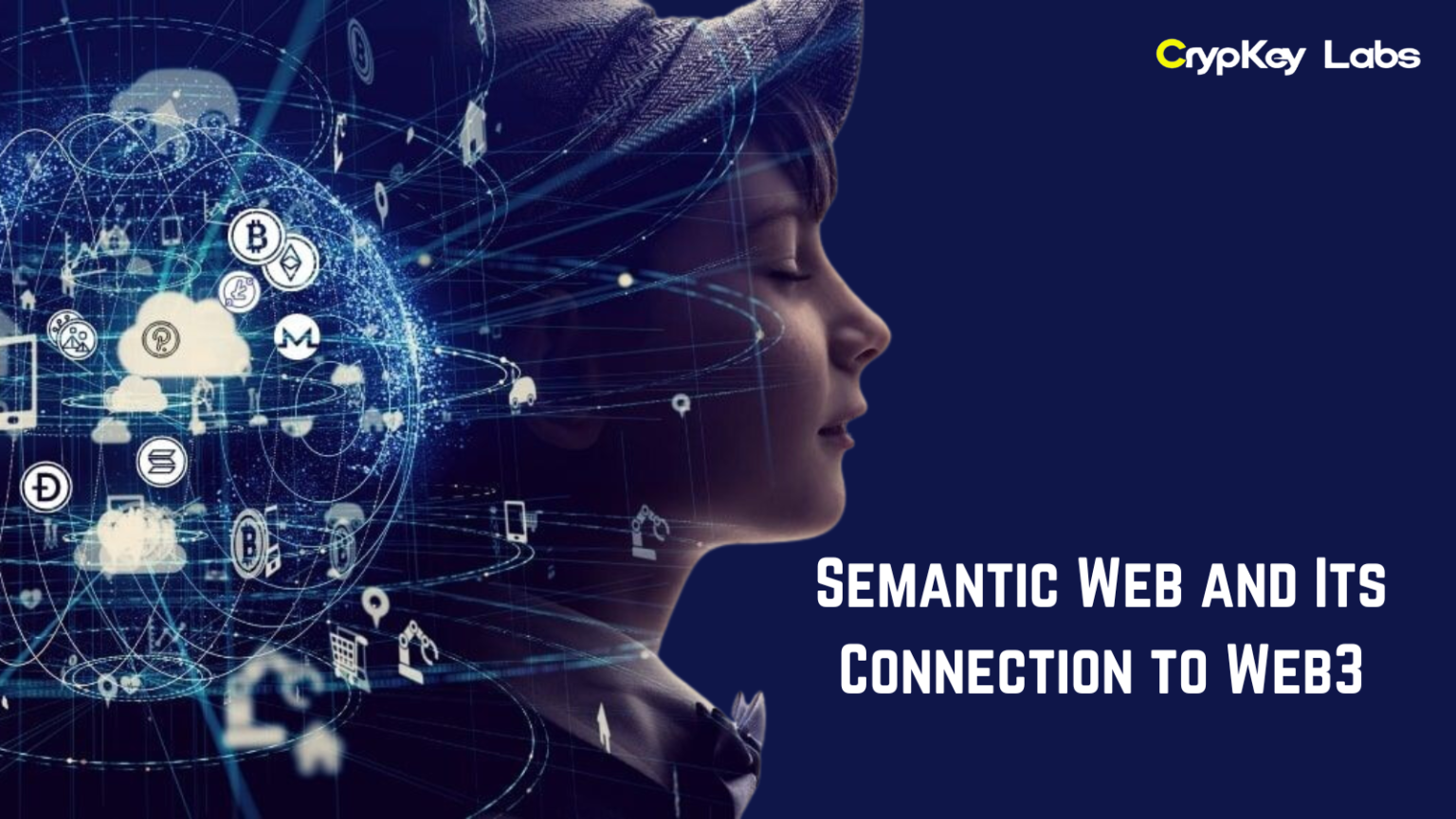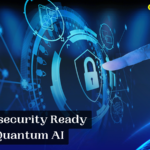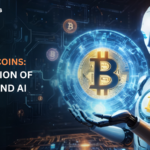The internet has come a long way. From the early days of static websites in Web 1.0 to the user-driven Web 2.0 we enjoy today, the evolution of the web has transformed how we interact with technology. But the future of the internet promises even greater changes, thanks to two groundbreaking concepts: the Semantic Web and Web3. These technologies might sound complex, but they’re poised to make our online experience smarter, more secure, and more user-friendly. Let’s dive in to explore what the Semantic Web is, how it relates to Web3, and why this connection matters.
Understanding the Semantic Web
What is the Semantic Web?
The Semantic Web is often called the “web of data.” It’s a vision for the internet where machines can understand the meaning of information. Unlike the current web, where search engines rely on keywords and human-readable content, the Semantic Web structures data so machines can interpret and act on it. Think of it as giving the internet a brain to understand relationships between concepts and data.
Core Components of the Semantic Web
- Ontologies: These are frameworks that define relationships between different data points. For example, if the web knows that a “car” is a type of “vehicle,” it can make connections more intelligently.
- RDF (Resource Description Framework): RDF provides a way to describe resources on the web in a structured format, making it easier for machines to process information.
- SPARQL: This is a query language for retrieving and manipulating data stored in RDF format. It’s like SQL for the Semantic Web.
Key Goals of the Semantic Web
The main objective of the Semantic Web is to make data interoperable and enable machines to communicate seamlessly. By creating a web where information is both human- and machine-readable, the Semantic Web aims to improve efficiency and unlock new possibilities for innovation.
What is Web3?
Defining Web3
Web3, often referred to as the decentralized web, is the next stage in the internet’s evolution. It’s built on blockchain technology and aims to give users more control over their data, privacy, and online interactions. Unlike Web2, where big tech companies hold most of the power, Web3 is about decentralization and putting the user in charge.
Core Features of Web3
- Decentralization: Instead of relying on centralized servers, Web3 uses distributed networks, often powered by blockchain.
- Ownership of Data: Users own their data and can decide how and with whom it is shared.
- Smart Contracts: These self-executing contracts automate transactions based on predefined conditions.
- Tokenization: Digital tokens represent ownership, value, or utility, enabling new economic models.
The Purpose of Web3
Web3’s mission is to create a fairer, more transparent internet where users have greater autonomy. By leveraging blockchain technology, it addresses many of the issues with today’s internet, such as privacy concerns and centralized control.
How the Semantic Web and Web3 Intersect
Shared Goals
At their core, the Semantic Web and Web3 share similar ambitions. Both aim to improve how we interact with data and break down silos that restrict access to information. While the Semantic Web focuses on structuring data to make it more accessible, Web3 prioritizes decentralization and security.
Key Differences
While they share some goals, their approaches differ:
- The Semantic Web is about creating a smarter web by making data machine-readable and interconnected.
- Web3, on the other hand, focuses on giving users control and ensuring data security through blockchain.
Points of Intersection
Despite their differences, these technologies complement each other:
- Blockchain for Verifiable Data: The Semantic Web can leverage blockchain to ensure data authenticity and integrity.
- Enhanced dApps: Decentralized applications (dApps) can become smarter by integrating Semantic Web technologies, enabling them to process and understand complex data relationships.
Practical Applications
Semantic Web in Web3
The combination of the Semantic Web and Web3 can unlock powerful use cases:
- Smarter dApps: By integrating semantic data, dApps can provide more meaningful and personalized experiences.
- Blockchain-Based Knowledge Graphs: Semantic technologies can organize blockchain data into knowledge graphs, making it easier to search and analyze.
Real-World Examples
- Decentralized Identity Systems (DIDs): These systems combine Semantic Web principles with blockchain to create secure, interoperable digital identities.
- Knowledge Marketplaces: Platforms that leverage both Semantic Web and Web3 allow users to share, sell, and access knowledge in a decentralized manner.
Challenges and Opportunities
Challenges
- Technical Complexity: Merging Semantic Web and Web3 technologies is no easy task. Both require specialized knowledge and infrastructure.
- Adoption Barriers: The Semantic Web relies heavily on structured data, which many websites and platforms do not yet support.
Opportunities
- Smarter Interactions: The Semantic Web can make Web3 apps smarter and more intuitive, improving the user experience.
- New Business Models: The fusion of these technologies can enable innovative solutions, from decentralized AI to advanced data marketplaces.
Future of the Semantic Web and Web3
The integration of the Semantic Web and Web3 could lead to a truly intelligent and decentralized internet. Imagine a world where your digital assistant not only understands your commands but can also perform complex tasks like booking trips or managing your finances autonomously—all while keeping your data private and secure.
Areas like artificial intelligence (AI), IoT (Internet of Things), and decentralized data networks stand to benefit significantly from this fusion. As more developers and businesses recognize the potential of these technologies, we’re likely to see an explosion of innovation in the coming years.
Conclusion
The Semantic Web and Web3 may sound like separate concepts, but they’re two sides of the same coin. While the Semantic Web aims to make the internet smarter by structuring data for machine understanding, Web3 focuses on decentralization and user empowerment. Together, they have the potential to revolutionize how we interact with the web, making it more intelligent, secure, and user-friendly.
As these technologies continue to evolve, the possibilities for innovation are endless. Whether it’s smarter dApps, decentralized identity systems, or entirely new ways of sharing knowledge, the combination of the Semantic Web and Web3 is shaping the future of the internet. The journey is just beginning, and it’s an exciting time to be part of this transformation.







